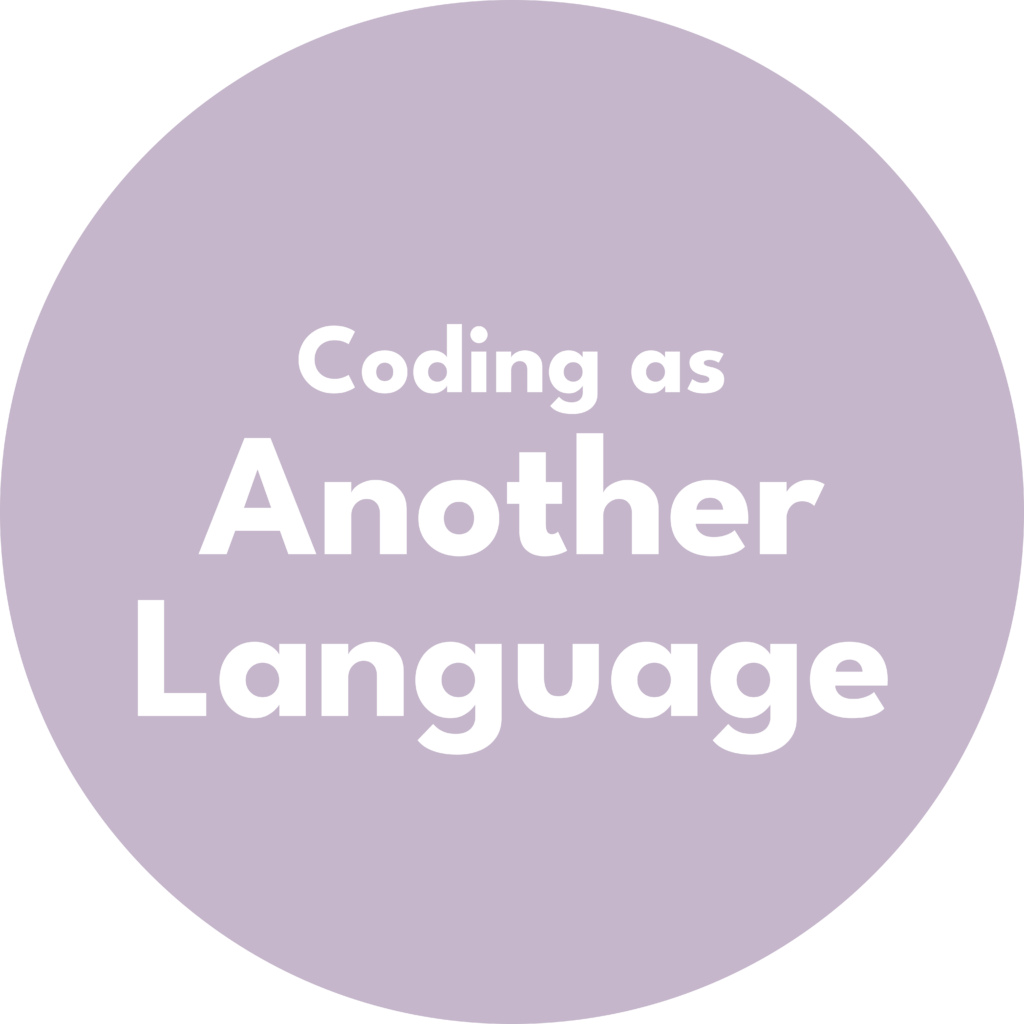
The Coding as Another Language pedagogical premise is that coding is a new literacy for the 21st century. As a literacy, coding is perceived as involving a set of skills and knowledge that today’s society highly values. This approach understands the activity of computer programming as manipulating a symbolic system of representation with its own grammar and syntax, to express ideas. This definition applies to learning how to creatively use both natural and artificial languages for expression and communication. Our pedagogical approach, supports the exploration of similarities and differences between natural and artificial languages during the creation of computational projects and applies strategies for teaching alphabetical literacy to the coding playground.
The goal of literacy, as addressed in CAL, is not only for children to master the syntax and grammar of language, but also the meanings and uses of words, sentences, and genres. CAL puts problem-solving at the service of personal expression, just as best practices in literacy education place decoding and writing skills at the service of student meaning-making and self-expression. A literate person knows that reading and writing are tools for meaning-making and, ultimately, tools of power. The same is true of coding. CAL proposes that programming, as a literacy, engages new ways of thinking, communicating, and expressing ideas.
The CAL pedagogical premise informed the creation of the Coding as Another Language (CAL) Curriculum which are curriculum units for Pre-K to 2nd Grade for both ScratchJr and KIBO robotics.
